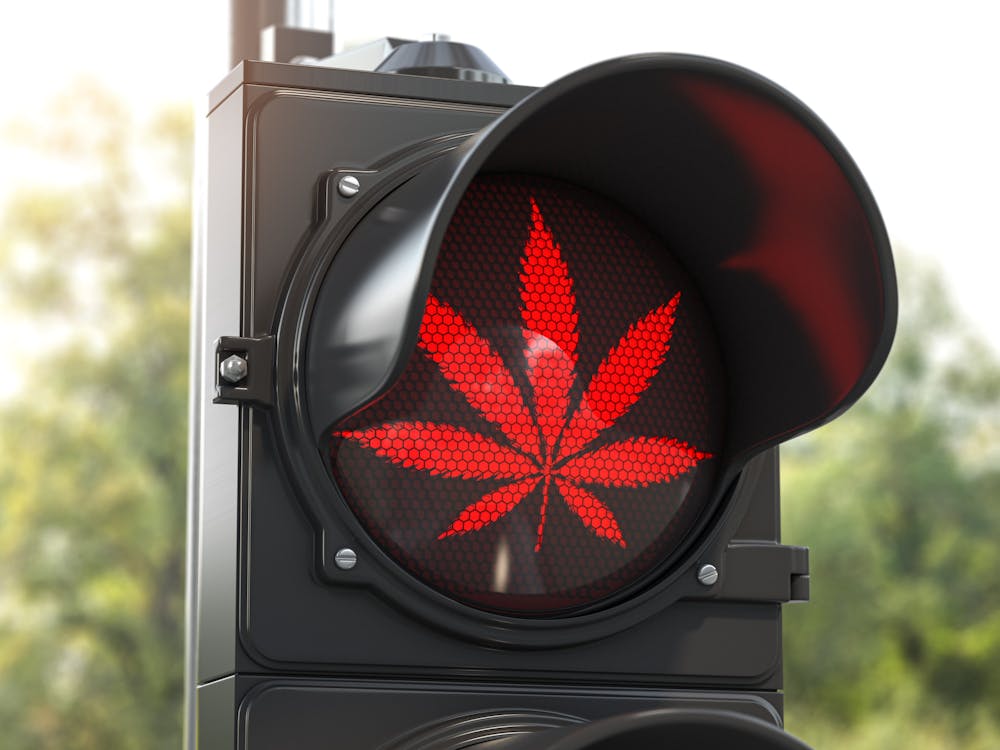Want to Try a T-Break?
Be informed about how it may affect you
Cannabis is the second-most used substance, after alcohol, according to Science Direct.
Research has begun to explore not only what happens when someone uses cannabis, but now, what happens when people abstain from it.
It’s called a t-break, or tolerance break.
A true t-break lasts at least 21 days, Michigan-based newsroom The 'Gander reported.
Why a T-break?
People who use cannabis frequently tend to build up a tolerance, meaning you need to consume more to achieve the same high, according to Weedmaps, or -- like I did -- you no longer feel the same affects you once used to.
THC – the main active component in cannabis – activates certain receptors in the brain that respond to cannabis use in a way that increases the likelihood of a person using cannabis again, Weedmaps said.
Too much regular consumption can lead to cannabis use disorder (CUD) or cannabinoid hyperemesis syndrome (CHS).
T-breaks have been thought to mitigate this risk. But a recent study from the National Library of Medicine found doing so can have negative effects on frequent users.
The 2023 study, which tested men and women with an average age of 21, found that taking a t-break is associated with an increase in hazardous cannabis use after at least six months.
Still, little research has been done to understand the impact of t-breaks on regular and occasional cannabis users.
My experience
I have been a recreational cannabis consumer since 2019 and medical cannabis user since the summer of 2022.
In December 2022, I took my first, brief t-break in years. I was traveling internationally, and it meant having to leave behind the one thing that helps my nausea and anxiety.
Before leaving, I went to the doctor for anxiety and sleep medicine, which I was easily prescribed. I stopped using cannabis and started taking the pills about two days before I left.
The sleep medicine allowed me to fall asleep eventually, but the anxiety medicine did little-to-nothing to calm my nerves. It felt nothing like cannabis, yet there I was with a so-called “alternative.”
I find it interesting to me how easily attainable and transportable pharmaceutical drugs were in this case, yet how much less helpful they were to me.
For over two weeks, I half-ate every meal and spent many mornings nauseous.
It was uncomfortable to part with such a regular part of my daily routine, using a pill bottle as replacement. Retrospectively, I am glad I took the t-break and got to experience the day-to-day without cannabis in my system, but I think there are better ways to go about retiring your use of it -- for any length of time.
If you are looking to slow or completely stop your use -- for any reason -- I think the best way to do so is slowly, especially is you are a regular user.
I’m a true believer that going cold turkey on anything does not create lasting change. According to Windward Way, a rehabilitation center, quitting marijuana cold turkey can even result in health consequences.
I am able to decrease my usage by filling my time with activities like walking, working out at the gym and spending time with friends.
Whatever you choose to do, take a t-break or not, it’s important to be informed on the possible outcomes, the benefits and the drawbacks.




